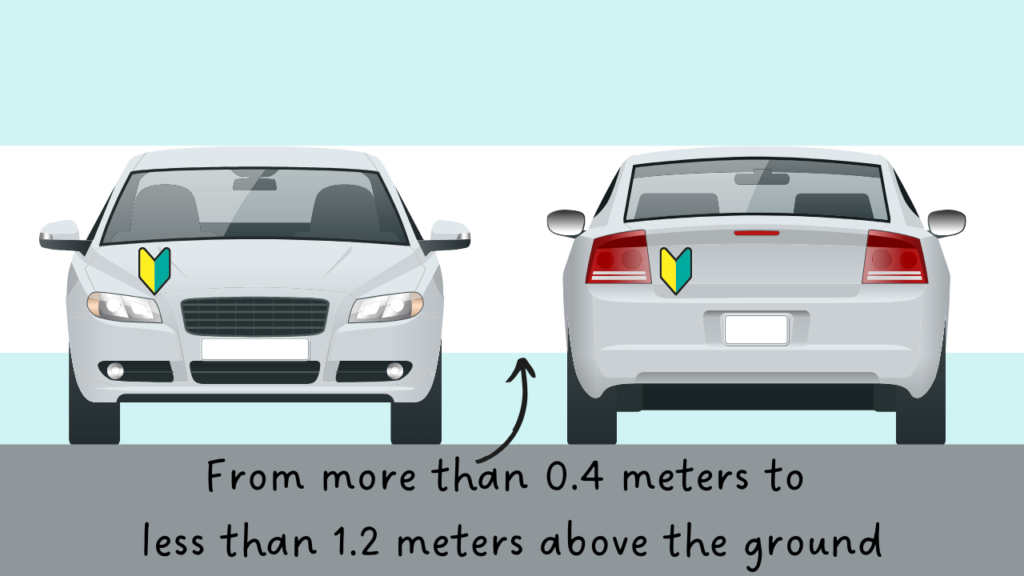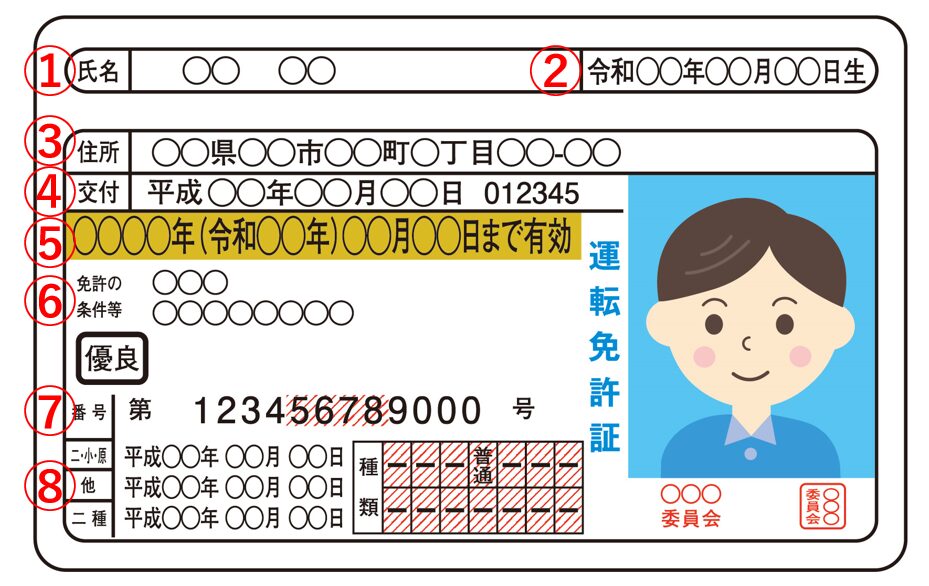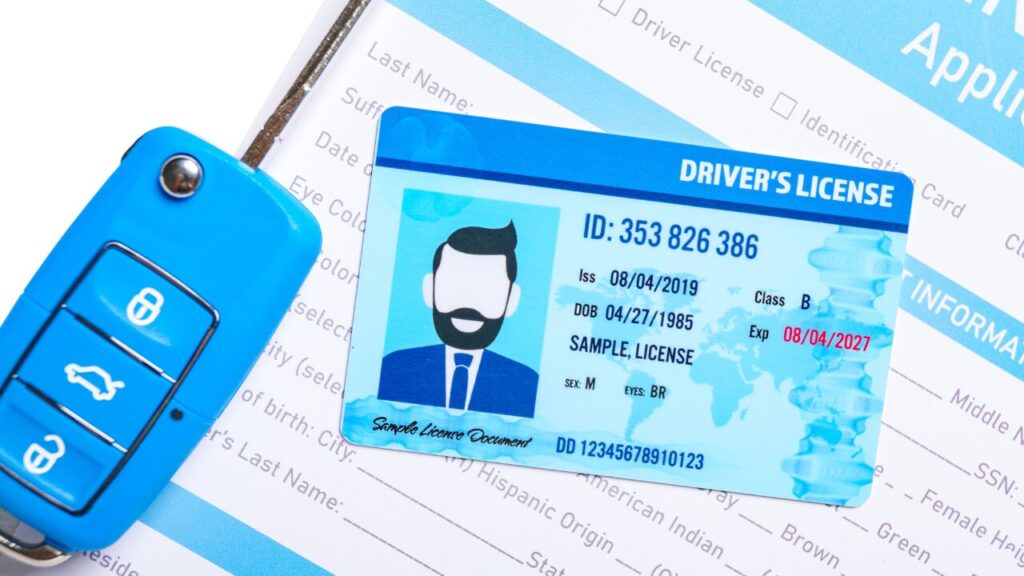
In Japan, there are three types of driver’s license colors: green, blue, and gold. These colors vary depending on factors such as whether you have been involved in traffic accidents or violations, and how long you’ve held your driver’s license. In this article, we will explain the meaning of each color and translate and explain the information listed on a driver’s license. This is important because all Japanese driver’s licenses are written entirely in Japanese.
Japanese Driver’s License

Gold License
The “Gold License” is proof of being an excellent driver. To qualify, you must have had no accidents or violations in the five years leading up to your license renewal date, which is 41 days before your birthday in the renewal year. With a Gold License, most car insurance companies offer lower premiums, the validity period of the license is five years, and the renewal course you need to take is shorter. In some regions, you can even take the renewal course online, and the renewal procedures are simplified, with lower fees.
The validity of the Gold License is five years.
Blue License
The Blue License is divided into three categories: “first-time renewer,” “general driver,” and “violating driver.” A “first-time renewer” is someone renewing their license for the first time after obtaining it. A “general driver” is someone who has committed only one minor offense (such as failure to wear a seatbelt or parking violations) with no more than three penalty points in the past five years. A “violating driver” is someone who has committed traffic violations in the past five years.
The validity of the Blue License is three years.
Green License
A Green License is issued to beginner drivers who are obtaining their driver’s license for the first time. The validity period for a Green License is three years, after which it is upgraded to a Blue License. Most people who convert a foreign driver’s license to a Japanese one will start with a Green License.
Drivers with a Green License are required by Japanese law to display a “beginner’s mark” on their vehicle for the first year after their license is issued. While the period is officially one year, it’s not a problem if you continue displaying the mark beyond that time.
Correct Placement of the Beginner’s Mark

The placement of the beginner’s mark (shoshinsha mark) is regulated to be on both the front and rear of the vehicle, each in a visible location at a height between 0.4 meters and 1.2 meters from the ground. As long as it is within this range, there are no specific restrictions on whether it should be placed inside or outside the car, or on either side. If you use a magnetic type, it can be attached to the car body, and if it’s a suction cup type, it can be placed inside the window, but attaching it to the windshield is prohibited, so please be careful.
The beginner’s mark is available at home improvement stores, car shops, and even 100-yen shops.
About Japanese Driver’s License
Since all Japanese driver’s licenses are in Japanese, it’s helpful to know what information is listed and where. Below, based on the accompanying illustration, we will translate and explain the details.

①Name
②Date of Birth
Japanese calendars like Showa, Heisei, and Reiwa are used.
- Showa: 1926–1989 (64 years)
- Heisei: 1989–2019 (31 years)
- Reiwa: From 2019 to present
③Address
④Issuance Date
⑤Expiration Date & License Color (Gold, Blue, Green)
⑥License Conditions
For example, whether you are limited to driving only automatic vehicles, or required to wear glasses or contact lenses.
⑦License Number
⑧License Categories
This includes categories such as a large vehicle license for trucks, a motorcycle license, and a second-class license for bus or taxi drivers.
Checking Information Stored in the IC Chip Requires a PIN
Japanese driver’s licenses are equipped with an IC chip that stores information such as the details listed on the license and the holder’s photo. IC card licenses are difficult to forge, which helps prevent fraud through counterfeit licenses. To verify the data stored in the IC chip, such as when using the license as identification, you will need two sets of 4-digit PINs.
How to Renew a Japanese Driver’s License

Around 40 days before your birthday in the year your driver’s license is due for renewal, a notification postcard will be sent to your home by the Public Safety Commission of the prefecture where you reside. The expiration date is one month after your birthday, so be sure to complete the renewal process between one month before and one month after your birthday. The general process is as follows:
While the time required may vary depending on the type of driver’s license you have, in most cases, you can receive your new license within the same day.
Items Needed for License Renewal
- Driver’s license
- Renewal postcard
- Glasses, contact lenses, hearing aids, or any other necessary driving aids
- Photo (you may also take one on-site)
※Foreign nationals should also bring their residence card.
Summary
The validity period of your driver’s license varies depending on its category. Once you receive the renewal postcard, promptly proceed with the renewal process. The necessary items and fees are listed on the postcard. If you do not receive the postcard or lose it, contact your local police station for assistance.





COMMENT